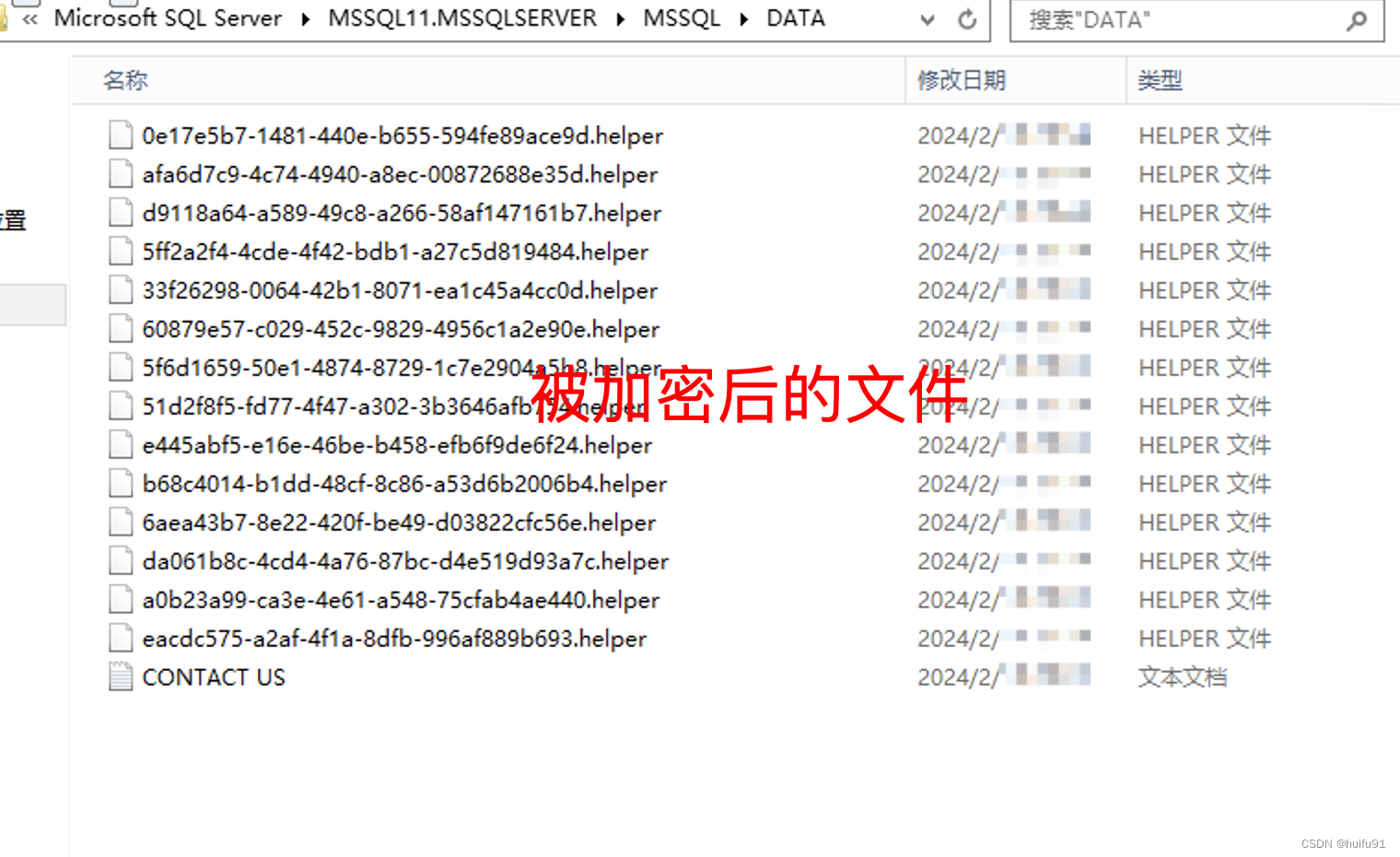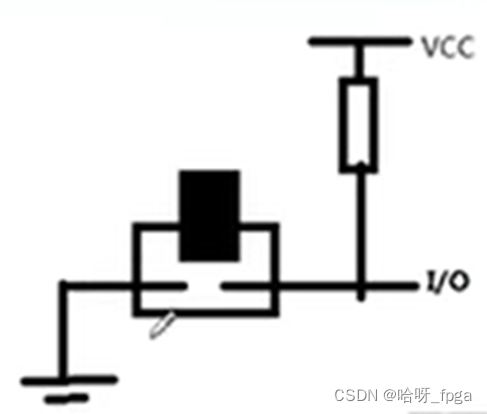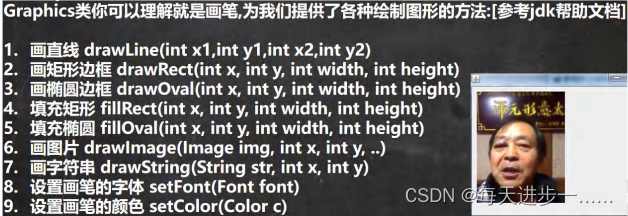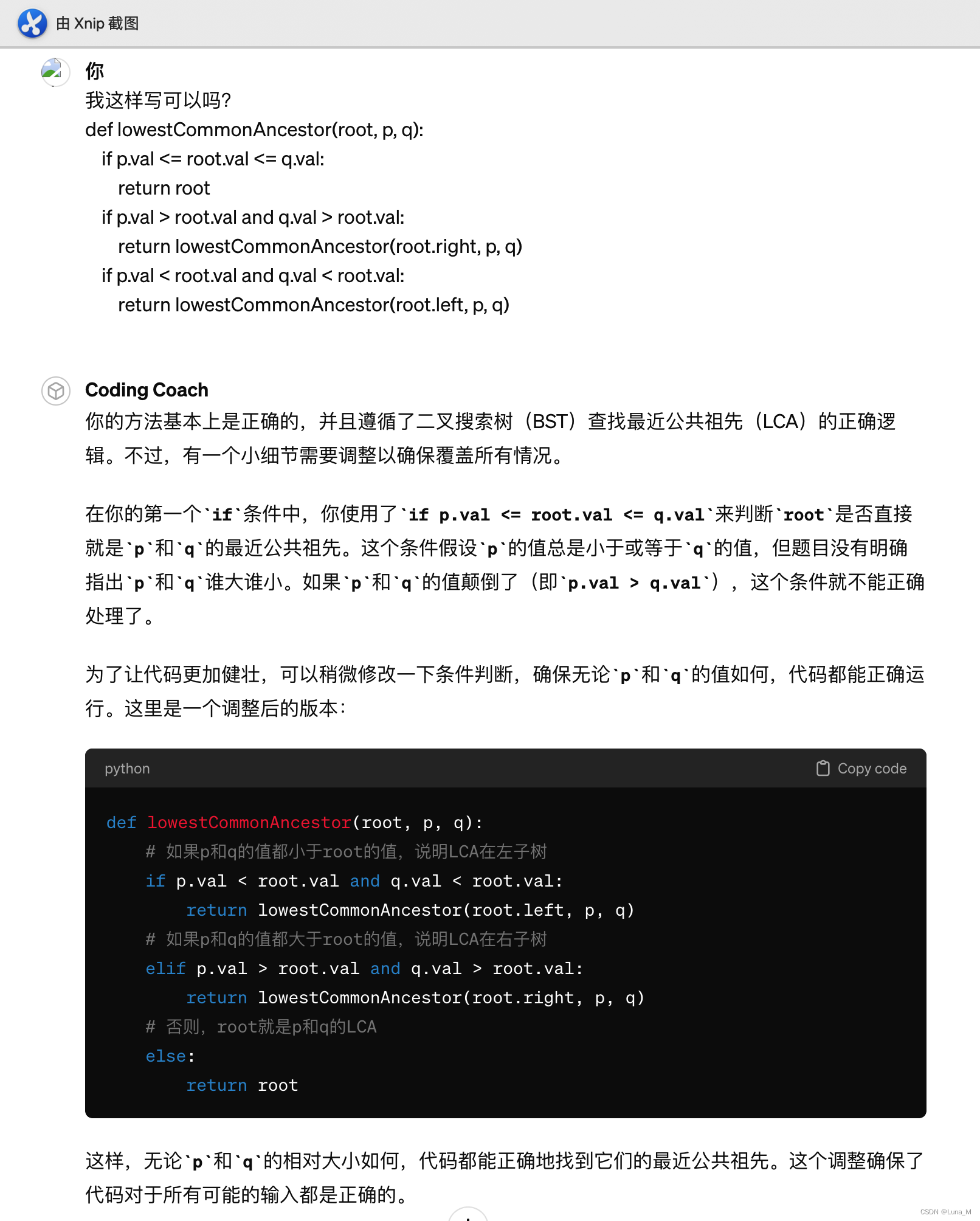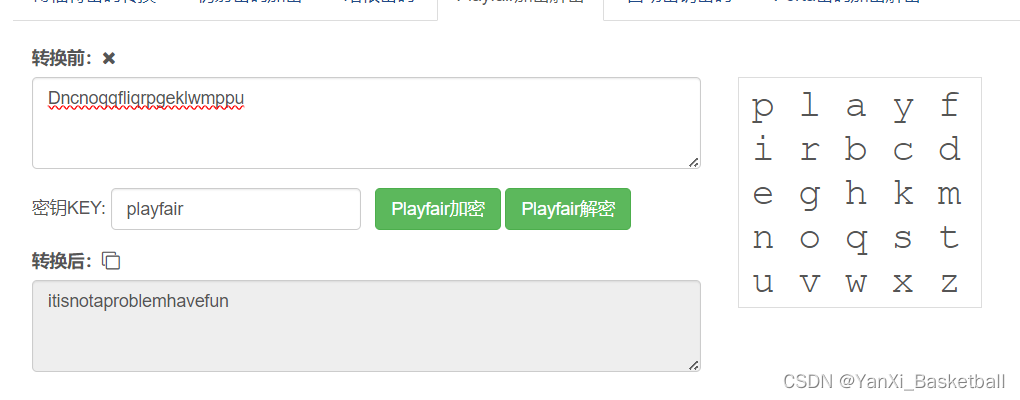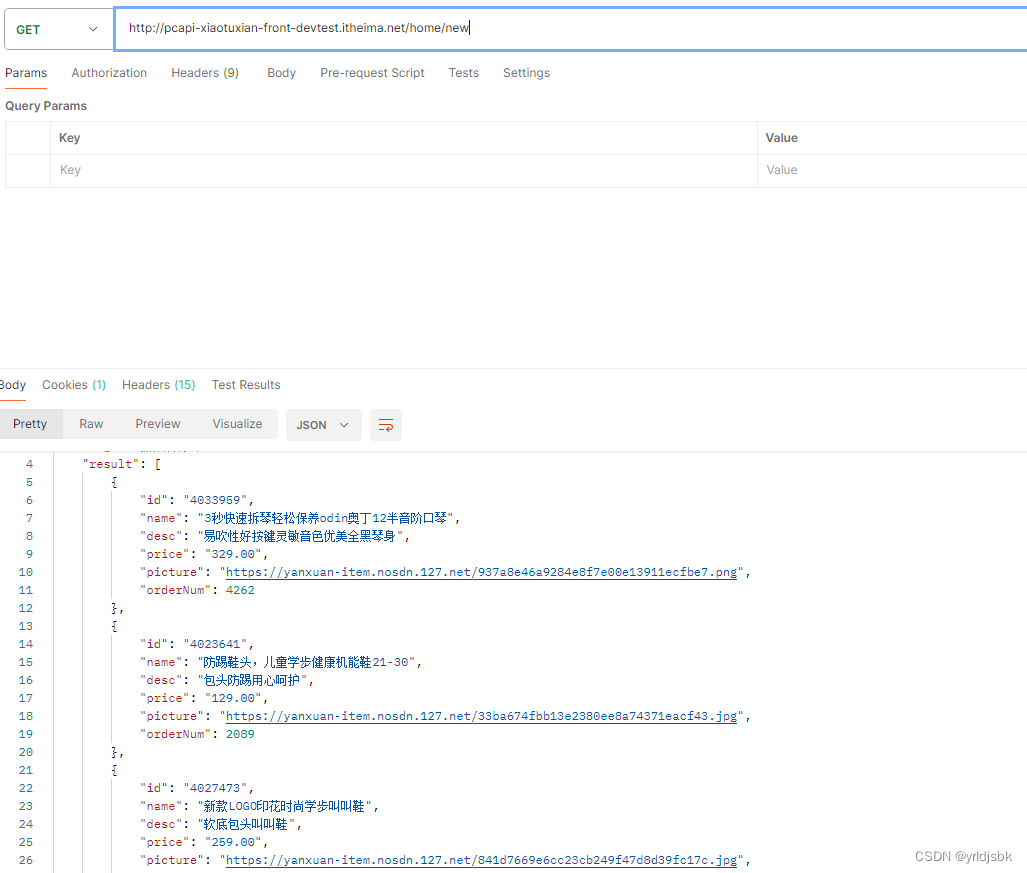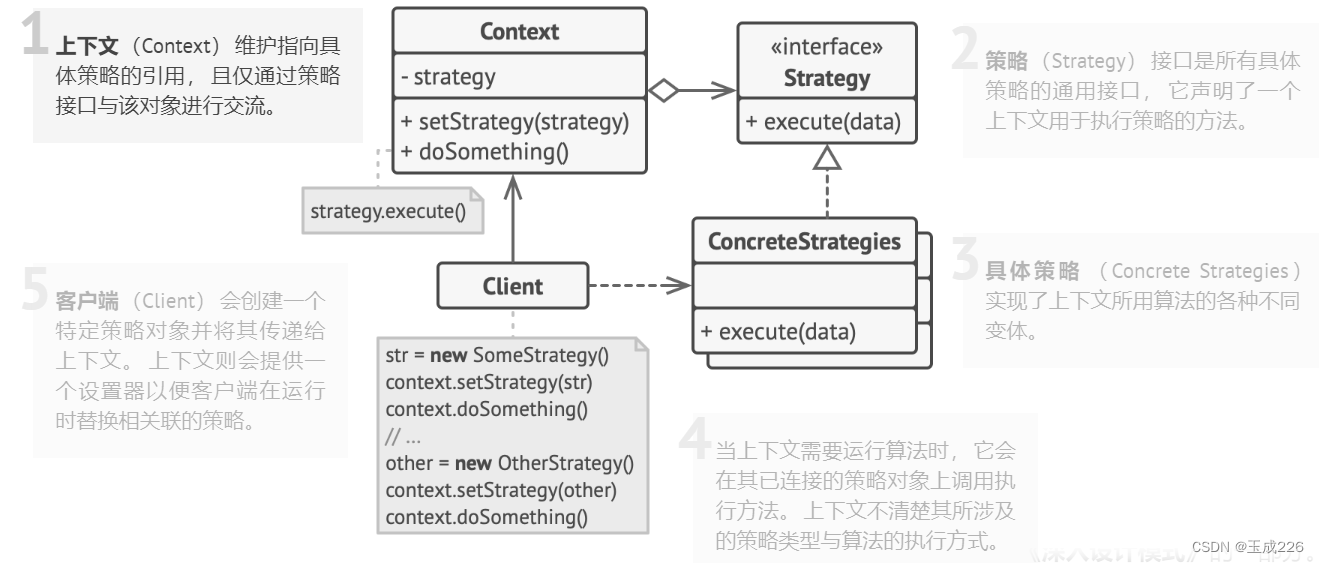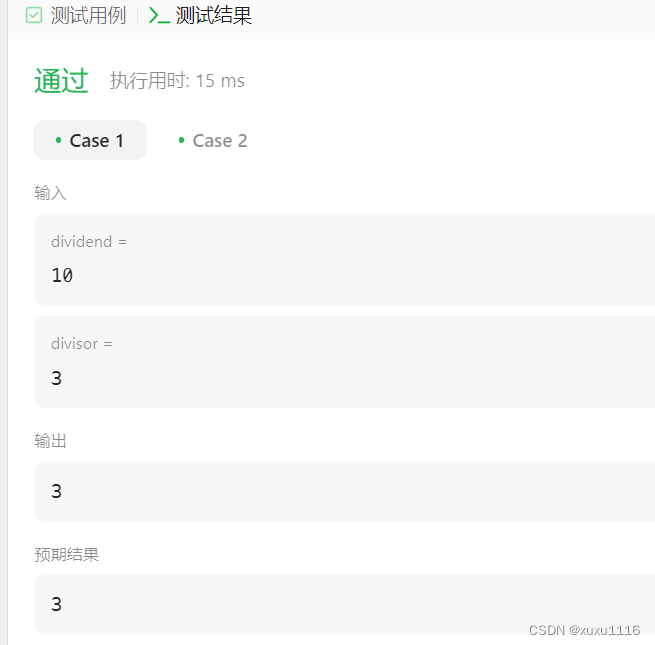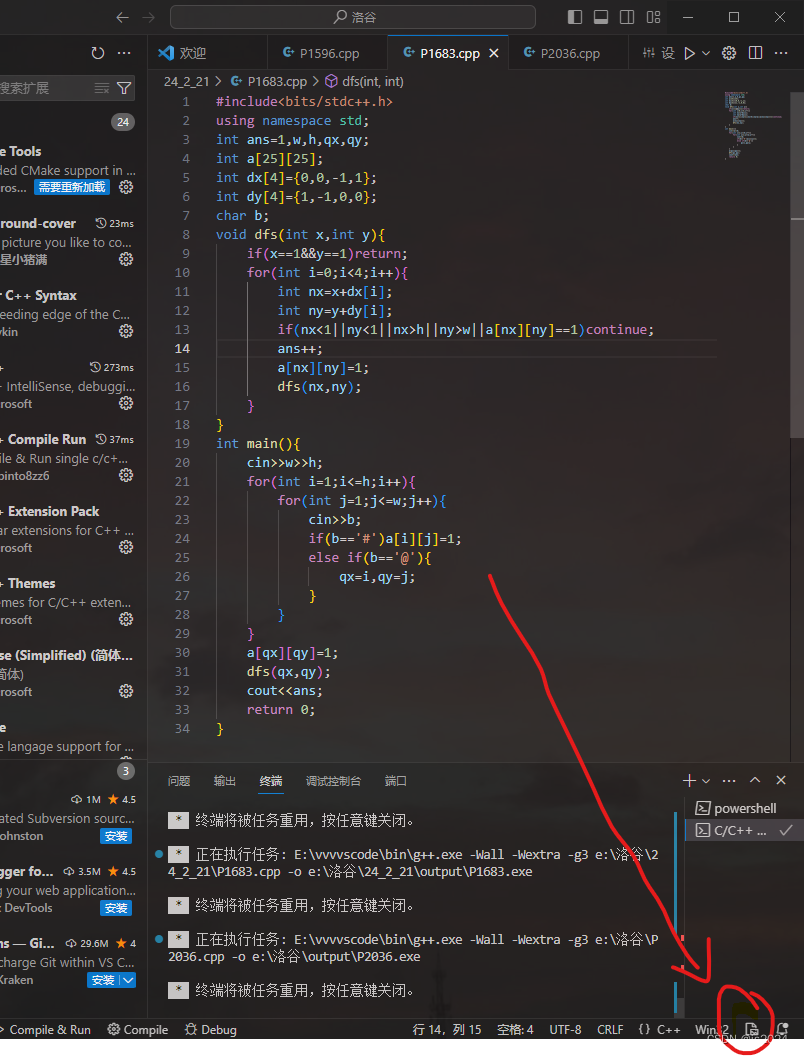运行环境Visual Studio 2022 c# cad2016

一、模态窗体调用方式:
当一个模态窗体打开时,它会阻塞主窗体的所有输入,直到关闭该模态窗体为止。例如,弹出一个对话框让用户必须完成某些操作后才能继续使用主程序。
[CommandMethod("Caidan")]
public void Caidan()
{
ShowModalLayerSelectionForm();//模态窗体
}
//模态窗体
private void ShowModalLayerSelectionForm()
{
using (var layerForm = new Form1())
{
DialogResult result = layerForm.ShowDialog(); // 使用ShowDialog()方法打开模态窗体
if (result == DialogResult.OK || result == DialogResult.Yes) // 根据需要处理结果
{
// 处理用户选择图层的操作...
}
}
}二、非模态窗体调用方式:
非模态窗体打开时,用户可以同时与主窗体和其他非模态窗体进行交互。通常用作工具栏、辅助信息显示窗口等。
[CommandMethod("Caidan")]
public void Caidan()
{
Form1 选择图层 = new Form1(); //非模态窗体
选择图层.Show();
}三、窗体程序
this.MaximizeBox = false;
this.MinimizeBox = false;
// 初始化DataGridView
DataGridView dataGridView = new DataGridView();// 创建一个新的DataGridView控件实例
dataGridView.AllowUserToAddRows = false;// 禁止用户通过DataGridView界面直接添加新行
dataGridView.AllowUserToDeleteRows = false;// 禁止用户通过DataGridView界面删除现有行
dataGridView.BackgroundColor = Color.White;// 设置DataGridView的背景颜色为白色
dataGridView.CellBorderStyle = DataGridViewCellBorderStyle.Single;// 设置单元格边框样式为单线边框
dataGridView.DefaultCellStyle.SelectionBackColor = Color.LightBlue;// 设置选中单元格时的背景色为浅蓝色
dataGridView.DefaultCellStyle.SelectionForeColor = Color.Black;// 设置选中单元格时的前景色(文本颜色)为黑色
// 添加图层名称列
DataGridViewTextBoxColumn layerNameColumn = new DataGridViewTextBoxColumn();
layerNameColumn.HeaderText = "图层名称";
layerNameColumn.ReadOnly = true;
dataGridView.Columns.Add(layerNameColumn);
// 假设GetLayerList返回CAD图层的名称列表
//List<string> layerNames = GetLayerList();
foreach (LayerTableRecord layer in GetLayerList())
{
dataGridView.Rows.Add(layer.Name);
}
// 添加DataGridView到窗体
this.Controls.Add(dataGridView);
dataGridView.Dock = DockStyle.Fill;
dataGridView.CellDoubleClick += DataGridView_CellDoubleClick;
}
private void DataGridView_CellDoubleClick(object sender, DataGridViewCellEventArgs e)
{
if (sender is DataGridView dgv && e.RowIndex >= 0) // 检查是否在有效的行上双击
{
string selectedLayerName = dgv.Rows[e.RowIndex].Cells[0].Value.ToString(); // 获取选中的图层名称
// 处理双击选定图层的逻辑
MessageBox.Show($"双击了图层:{selectedLayerName}");
// 根据需求执行其他操作...
}
}
private IEnumerable<LayerTableRecord> GetLayerList()
{
List<LayerTableRecord> layers = new List<LayerTableRecord>();
using (Transaction tr = HostApplicationServices.WorkingDatabase.TransactionManager.StartTransaction())
{
LayerTable layerTable = (LayerTable)tr.GetObject(HostApplicationServices.WorkingDatabase.LayerTableId, OpenMode.ForRead);
foreach (ObjectId id in layerTable)
{
LayerTableRecord layer = (LayerTableRecord)tr.GetObject(id, OpenMode.ForRead);
layers.Add(layer);
}
tr.Commit();
}
return layers;
}//感谢大家的点赞,收藏,转发,关注
